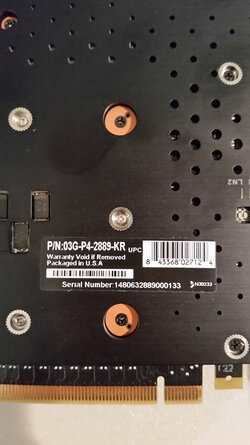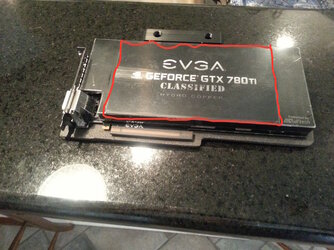- Joined
- Jan 9, 2005
Sub'd.
The more info I get on taking care of loops the better since I'm a WC newb
Rust it does look like but from where?
Somehow i don't think it's the stainless steel springs. They are called stainless fora reason...
depending on the grade of stainless, stainless steel does rust.
look at any so called 'stainless steel' exhaust on a vehicle after it being on for a few months, even if installed during the summer, with no salt on the roads, it still ends up rusty.


